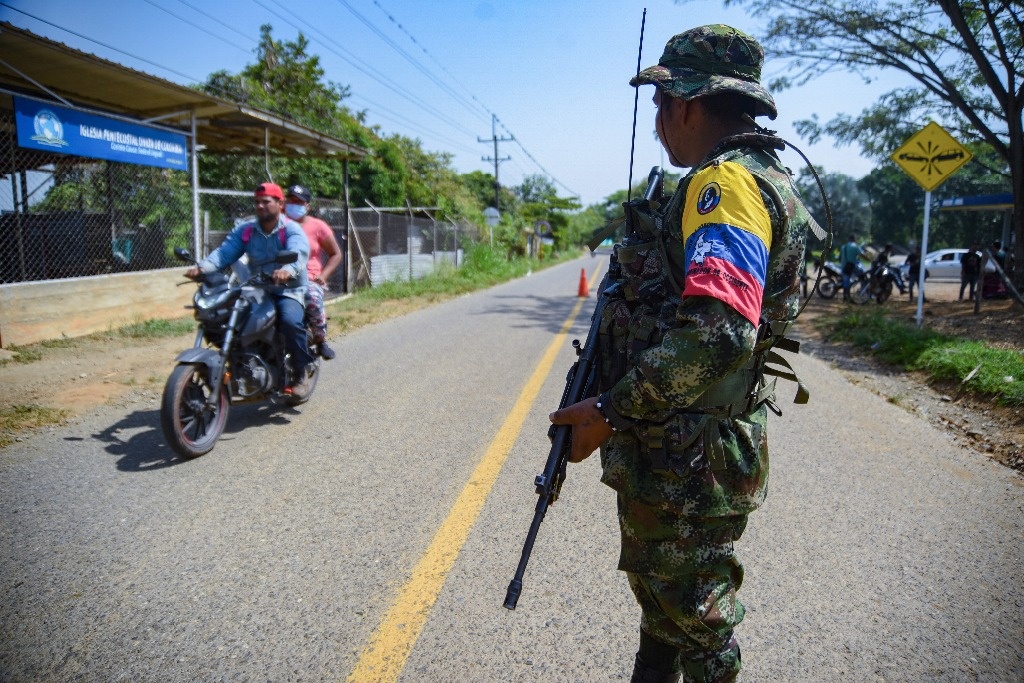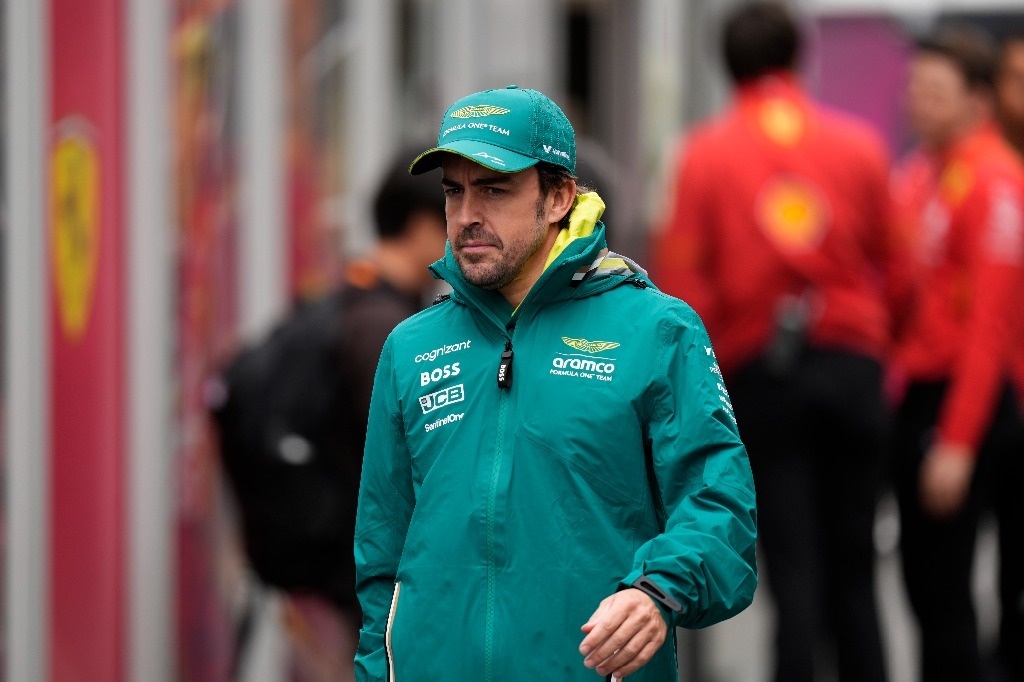Yari Plains. A school at the end of the world, equipped with a chemistry laboratory, a library with books by Mark Twain and Baldor algebra, professional soccer fields and accommodation for 200 students, has become a great allegory of the landscape of war and peace. that today coexists in the chaotic Colombia that Gustavo Petro had to govern.
The Gentil Duarte Agricultural and Environmental Institute exhibits its red roofs and white walls in the middle of the Yarí savannahs, an extensive and rich region of the department of Caquetá, gateway to the Colombian Amazon that welcomed hundreds of thousands in the 1950s. of people fleeing the violence unleashed by the war between liberals and conservatives with a death toll of 300,000.
Colonized at the point of an ax and a machete, this immense territory has mutated over the decades until it has become one of the most prosperous areas in the remote southeast of the country, despite the persistent absence of the State and the thousand battles that have been fought over its infinite plains.
In the mid-70s, Yarí housed the largest cocaine laboratory in the history of illicit drugs – Tranquilandia – which had its own airstrip from which DC-3 planes loaded with white powder of extreme purity took off.
Until the commanders of the Revolutionary Armed Forces of Colombia (FARC) arrived and ordered that multimillion-dollar feast to stop and then settle in that magical territory crossed by hundreds of rivers that crossed dense jungles, ideal for expanding their peasant army.
Since then, the troops of Tirofijo They filled the absence of the State and were the sole authority of the region: they dictated rules of coexistence, established boundaries and captured cattle rustlers; They made precarious roads and built artisanal bridges; They blessed marriages and mediated stormy divorces.
They allowed more coca to be planted and collected taxes for the movement of drugs, which later became the great fuel of the war.
Sitting in a wicker rocking chair, staring at the shiny institute that opened its doors on Friday, Adriana Saldaña remembers that 50 years ago, when she was a girl, she walked several hours to get to the only school in the region, a small wooden house with half the roof missing, with only one teacher for the 50 students from different grades who came to class after getting up at 4 in the morning to milk cows
.
Adriana is a leader of an association of farmers in Yarí, is part of the community action board of her village and has five children. The youngest is in grade 11, getting ready to go to university. Of all my children, the only one who will manage to be a professional
a vital parable of how things have evolved in the lands of Colombia located on the other side of the invisible border.
He laughs when I mention the long list of criticisms that have rained down since the inauguration of the institute was announced. It is very easy to speak from the offices of Bogotá without having experienced firsthand what we have had to suffer for years.
he reflects.
Without being inaugurated yet, the place was already stigmatized and reports abounded that demonized it. What bothers his critics the most is the name: Gentil Duarte, a tribute to a guerrilla commander killed a couple of years ago “who was like a father to the residents of the region.” The guerrilla did not have the obligation to build the institute, that was up to the State
says this social leader who has heard promises paraded for years and has seen how the dreams of several generations have been mutilated. Thanks to life and the FARC my eyes were able to see what we have in front of us, journalist
says Adriana, referring to the dissidents of this insurgency that never accepted the 2016 peace agreements.
A hubbub of children interrupts us, as the books that will inhabit the institute’s library have just arrived. From several cardboard boxes emerge the Twenty Thousand Leagues Under the Sea y Las Adventures of Tom Sawyer. Chemistry and physics books, an encyclopedia of world geography and many biographies of Simón Bolívar. Laura, 12 years old, catches a volume of football history and opens it with extreme curiosity. I love Messi
he says when he finds a page with a photo of his idol.
The institute will have 200 students, 11 grades, laboratories, a computer area, a library, a playground and three soccer fields, one for basketball and one for volleyball, a very well-equipped kitchen and a huge dining room. It is located on the El Diamante path and is surrounded by a sea of rice and corn crops, a thresher and a gigantic silo to store the grains. In a few months a citadel will flourish whose streets are already laid out for teachers, agronomists and administrators to live there with their families. Before being born, the village already has a cemetery and slaughterhouse.
The person who explains this project to me is Calarcá Córdoba, commander of the Jorge Suárez Briceño bloc of the FARC dissidents, considered the intellectual and material author of the work. He listed the buts that have come out about his initiative: that the school is not legal because it is not formalized by the Ministry of Education, that the name is an apology for terrorism and – above all – that the guerrilla did it. .
Despite the insults and stigmatization, the Gentil Duarte Agricultural and Environmental Institute is reliable proof that we are a State within the State
answers who was the most advanced disciple of Gentil Duarte.
Moment of real transformations
“We believe that the time has come to move from the hype to real transformations. We are in peace talks with the government of President Petro and he has said that the end of violence is achieved with social transformations, the same thing we have preached for decades. Everything you have seen these days, Botero, is a materialization of those transformations.
That does not mean that we have given up on changing the old economic and political structures on a national scale, but this is a step in that direction.
explains Calarcá from the balcony of a house that overlooks the immensity of the plain.
Just a few days ago he met in San Vicente del Caguán with the head of the government’s negotiating delegation, Camilo González, and with the interdisciplinary group that accompanies him in the dialogues. They agreed to continue talking despite the fact that an important fraction of the dissidents – the Western Bloc that operates in Cauca, Valle and Nariño – has distanced itself from the process, in what seems to be an inevitable division of this insurgency.
Yesterday, Córdoba cut the ribbon with which the school at the end of the world is inaugurated, and now dedicates its time to preparing a meeting that will be held with delegates from various ministries sent by President Petro to make territorial transformations a path towards most ambitious of all the national government’s strategies: total peace.
#FARC #State #Colombian #State
– 2024-04-17 13:45:44

